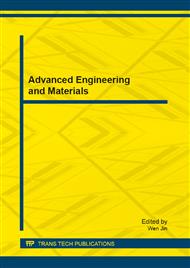p.486
p.490
p.494
p.499
p.502
p.511
p.520
p.525
p.531
An Advanced Technology for Enhancement of Transmission Loadability Using FACTS Devices
Abstract:
This paper proposes an advanced technology to enhance the transfer capability of transmission system using flexible AC transmission system (FACTS). FACTS consists of thyristor-controlled series capacitor (TCSC), thyristor-controlled phase shifting transformer (TCPST), thyristor-controlled voltage regulator (TCVR) and static var compensator (SVC). The location of FACTS and their associated values dominate the transfer capability of transmission system. To determine the optimal solution of FACTS, this paper presents an enhanced differential evolution (EDE) approach to deal with this type of optimization problem. In comparison with basic DE, EDE uses a variable scaling mutation to adaptively adjust the mutation operation and enhance the global search capability of basic DE. The proposed method is verified on an IEEE 30-bus 41-transmission line system. To verify the performance of the proposed method, the basic DE and particle swarm optimization (PSO) methods are also implemented using the same database. The results show that the proposed approach provides better transmission loadability with less execution time than the existing methods.
Info:
Periodical:
Pages:
502-508
Citation:
Online since:
February 2013
Authors:
Price:
Сopyright:
© 2013 Trans Tech Publications Ltd. All Rights Reserved
Share:
Citation:


